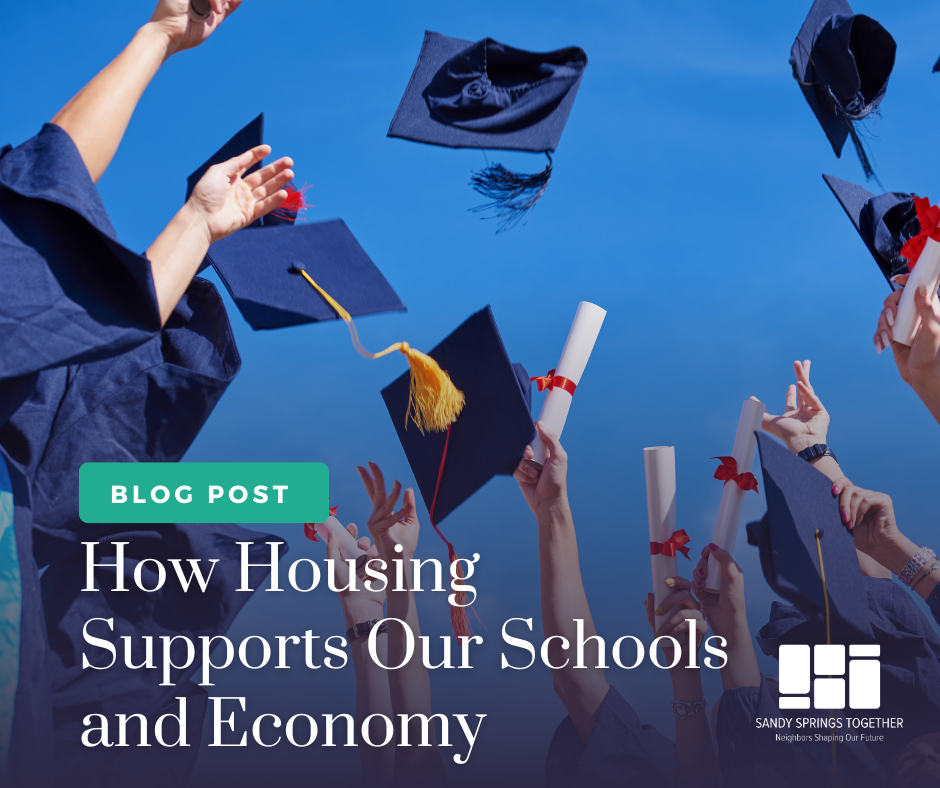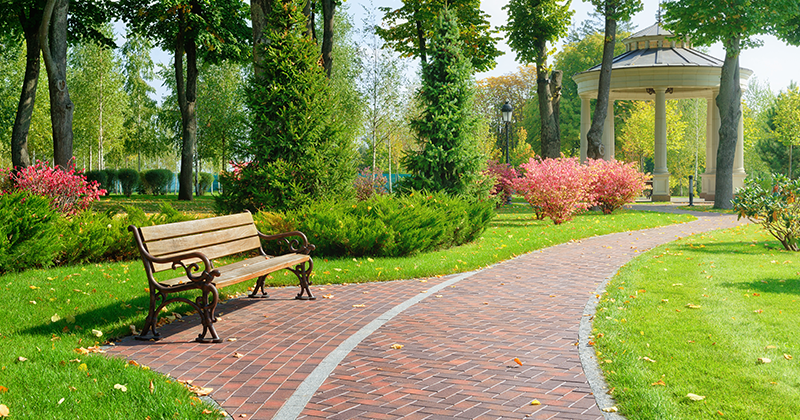
Our October Sandy Springs Community Spaces Survey highlighted a shared vision for a more dynamic and inviting city. In our previous discussion, we highlighted the pivotal role that affordable and workforce housing plays in nurturing Sandy Springs’ vibrant retail and dining sectors. Now, we will touch on some of the successful models and strategies that can help Sandy Springs create a balanced approach to growth. By exploring both local and regional success stories, we can better understand how to preserve the city’s unique character while ensuring that everyone—business owners, essential workers, and lifelong residents—has the opportunity to flourish.
Learning from Successful Models
Sandy Springs can look to other metro Atlanta communities for inspiration. Developments like Atlanta’s West Side or Brookhaven’s town centers have successfully integrated mixed-use spaces that combine commercial, retail, dining, and affordable housing. These areas have become regional destinations, proving that thoughtful urban planning can create a balanced environment where businesses and residents thrive together.
Mixed-income developments can also play a pivotal role in Sandy Springs’ future. By blending affordable units with market-rate housing, such as is proposed with the MARTA Transit Oriented Development at the North Springs Station on Peachtree Dunwoody Rd. the city can ensure that its workforce has a place to live while maintaining the aesthetic appeal and character that residents value.
The Positive Domino Effect of Balanced Growth
The benefits of affordable housing extend far beyond the businesses it directly supports:
- Improved Public Safety: Housing that our police officers, firefighters, and teachers can afford ensures these essential workers can live in the communities they serve, fostering safety and cohesion.
- Enhanced Customer Experiences: Workers living nearby mean better-trained staff, faster service, and higher customer satisfaction.
- Stronger Local Economy: Workforce housing reduces employee turnover, boosts business stability, and attracts new employers to the area.
- Supporting our Schools: Access to affordable housing supports our public schools. The children of our workers will increase enrollment at local public schools, contributing to the vitality and sustainability of their school communities.
- Environmental Impact: By reducing the need for long commutes, housing attainable for our workforce lowers traffic congestion and carbon emissions, contributing to a healthier environment.
Finding Sustainable Solutions
Sandy Springs has an opportunity to lead by example in creating an inclusive, balanced community that values both prosperity and a vision for a strong economic future. Here are some actionable steps:
- Mixed-Use Zoning: Encourage developments that integrate retail, dining, and housing while preserving green spaces and walkable designs.
- Housing options that are affordable for our essential workers.
- Community Collaboration: Involve residents in shaping new developments to ensure they reflect shared values and priorities.
These solutions address housing affordability while creating a stronger, more resilient Sandy Springs for everyone.
A Call to Action: Supporting Balanced Growth
The vibrant, thriving community envisioned in the October Community Spaces survey is within reach, but it starts with ensuring that Sandy Springs remains accessible to all. By supporting balanced growth policies that include workforce housing, residents can help create the retail and dining experiences they demand while supporting the essential workers that make it possible.
Let’s work together to build a Sandy Springs that truly lives up to its potential—a place where everyone, from shop owners to servers to lifelong residents, can live, work, and thrive.


